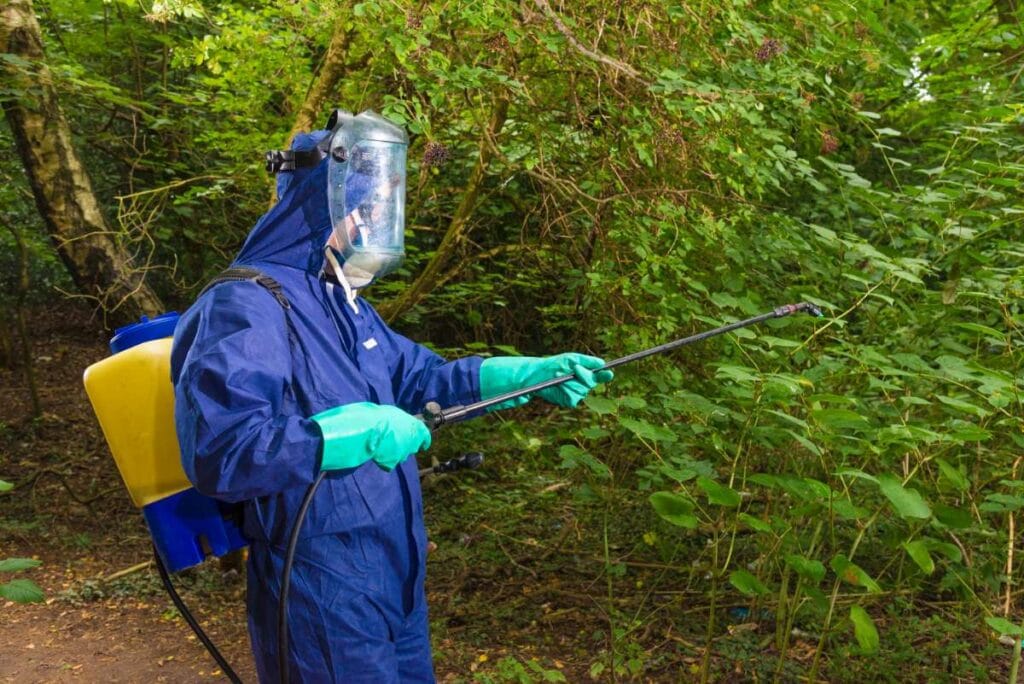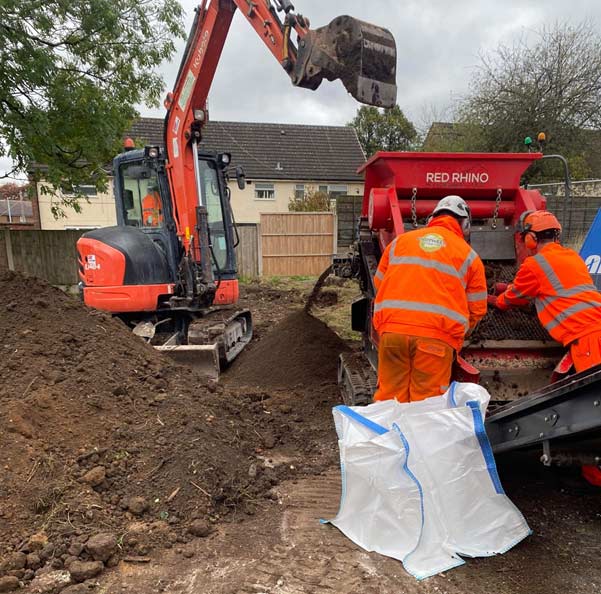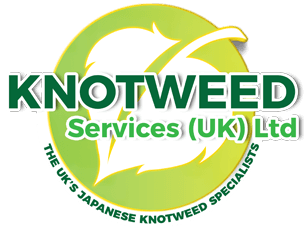JAPANESE KNOTWEED REMOVAL Lancashire
3
LIVE KNOTWEED JOBS IN Lancashire
99
SUCCESSFUL KNOTWEED REMOVAL PROJECTS IN Lancashire
100%
SUCCESSFUL PROPERTY SALES AFTER TREATMENT
5
Lancashire BASED KNOTWEED STAFF
NO OTHER JAPANESE KNOTWEED COMPANIES IN Lancashire HAVE OUR TRACK RECORD
As one of the most reputable Japanese knotweed removal companies in Lancashire, Knotweed Services strives to provide effective treatment services for all weeds that infest your yard.
Knotweed Services is a PCA member, a government-approved trade body for “the damp, waterproofing, wood preservation and invasive weeds industries.” If you have a knotweed problem, we’ll take care of it for you.
Knotweed Services has removed thousands of Japanese knotweed plants in and around Lancashire and the surrounding areas. We use only the most effective treatments to ensure that your knotweed problem is completely eradicated.
How to Get Rid of Knotweed
We offer a complete service to deal with Japanese knotweed on residential and commercial properties. Contact us for a survey and we’ll give you the information and help you need to make an informed decision.
If you’re a land or property owner and Japanese Knotweed is present, the presence of the plant may delay construction projects.
Here's how Japanese Knotweed can affect your life
- Japanese knotweed can grow through tarmac and concrete, posing a structural threat to your building.
- Lenders will often refuse to lend money to people who want to buy a building that has Japanese knotweed growing on it.
Knotweed produces massive annoyance that obstructs visibility and access to paths, highways and other infrastructure. It is a particular nuisance for commercial properties.
For customers in Lancashire with Japanese knotweed, we should be your very first call. We’ll remove the knotweed in its entirety and our insurance-backed warranty guarantees against re-infection and knotweed colonization.



FREE IDENTIFICATION
Fill in the form below, attach your pictures and we’ll let you know if the plant in your picture is Japanese Knotweed.
Call us today to undertake the treatment and control of your knotweed problem in Lancashire
Call us on: 0121 725 6348 or 0800 689 4146 for an swift cost
Knotweed Services will support you from the moment you decide to hire us.
RESIDENTIAL JAPANESE KNOTWEED REMOVAL Lancashire.
WHAT YOU NEED TO KNOW ABOUT JAPANESE KNOTWEED REMOVAL Lancashire
As Japanese knotweed infestations vary considerably from property to property, it’s not surprising that approaches to treating and controlling the weed will too. It may be necessary to use one method or a combination of different approaches.
We take a scientific approach to weed control. Our weed specialists examine a site’s specific factors to determine the type of treatments that will give the best results. We guarantee all our work.
— JAPANESE KNOTWEED REMOVAL OPTIONS AVAILABLE IN Lancashire

FOLIAR SPRAYING *
We spray a herbicide containing chemicals on Japanese Knotweed, using a knapsack sprayer. We ensure that other plants aren’t damaged by spraying only when the weather conditions are suitable for the chemicals to work effectively. The most effective time for foliar spraying to Japanese Knotweed is in Spring.

FOLIAR LEAF WIPING *
With this treatment for Japanese knotweed, we use a tool to “physically wipe” our chemicals onto the plant’s leaves. Because of the accuracy of this application, we frequently allow a higher chemical concentration.

STEM INJECTION
We directly administer a measured amount of herbicide to the invasive weed. Due to the injection directly into the Japanese Knotweed, this is the most ingenious elimination technique. It is not affected by the weather.

BIOMASS REDUCTION
Biomass is a sort of excavation and removal, but instead of excavating all of the soil affected by Japanese Knotweed, we simply remove the afflicted portions. It is an effective method of Japanese Knotweed control that allows for the reuse of the soil. minimising landfill usage.

CROWN REMOVAL
Crown and stems are capable of regeneration, and even minute fragments of clipped crown or stem are capable of regeneration and producing a new invasive weed — eliminating these components is a wonderful technique.
— COMMERCIAL TREATMENT OPTIONS AVAILABLE IN Lancashire

SOIL SCREENING
A tried-and-true technique applied to hundreds of sites around the UK
The rhizome material from Japanese knotweed is removed from the soil material using the screening technique. After that, the Japanese knotweed waste is either moved to a permitted landfill at a significantly lower disposal rate or burned on the spot under a D6 exemption from the Environment Agency or Natural Resources Wales.
In order to avoid getting in the way of construction, the cleansed soils can subsequently be utilised elsewhere, typically in soft landscaping areas.
Due to fewer truck travels to the landfill, this can greatly lower the costs associated with the landfill and the backfill. It can also assist minimise the carbon imprint on the property.

BIOSECURITY SUPERVISION
We could send a biosecurity operative to monitor any excavations or movement of Japanese knotweed-containing soil on your property.
As part of these steps, we can set up a location at the site’s entry where people can wash their boots and machines. We will offer all toolbox discussions for the primary contractor on site, which will be signed by all contractors involved in the operation on site.
We may provide temporary geotextile barriers in situations where biosecurity is necessary.
We will present the client with a comprehensive biosecurity report once the service is concluded.
This procedure can be used in conjunction with other on-site treatment options.

EXCAVATION AND DISPOSAL
This treatment method is ideal where time constraints are present and there’s no other option other than to remove both the Japanese Knotweed and contaminated soil to a registered landfill.
By removing all traces of the infestation quickly, this offers a rapid solution to your problem and allows your commercial project to begin groundwork’s almost straight away. When time is of the essence, there is no quicker Japanese Knotweed removal/treatment method.
Any waste taken off-site will be done so with a licensed waste carrier to a suitably authorised landfill site.

CELL BURIAL
Cell burial comprises of moving Knotweed contaminated soil from one location on site, burying it in an excavated pit which is lined with a root barrier membrane, in a different position on the site.
The burial requirements for Japanese Knotweed are as follows:
- The Environment Agency recommends that the top of the burial cell should be a minimum of 2 metres below ground level.
- The overall depth of the burial pit should be in excess of 5 metres deep. All root barrier seams are welded together forming an encapsulated cell from which the Japanese Knotweed cannot escape. Clean soil is then used to backfill on top of the cell.
- To prevent accidental disturbance of the burial site, it is recorded on all site plans and future land owners should be made aware of the location.

STOCKPILE & TREAT
Bunding is the method of relocating contaminated Japanese Knotweed soil to a different area of the site being treated. A bund is a shallow area of the contaminated soil, typically 0.5m deep.
The bund can either be raised, on top of the ground, or placed within an excavation to make the surface flush with the surrounding area.
The purpose of the bund is to move the Japanese Knotweed to an area of the site that is not used. This ‘buys time’ for treatment that would not be possible where the Japanese Knotweed was originally located.

HERBICIDE APPLICATION
At Knotweed Services we can provide the client with bespoke treatment plans depending on the locations of the Japanese knotweed.
These plans can work in conjunction with other methods of treatment where access is limited to pedestrian movements i.e., embankments or existing pathways within a site.
This will normally consist of up to 3 visits per annum to apply herbicide by either foliar spray technique or stem injection during the growing season over a period of 3 years, with a monitoring period of 2 years thereafter.
We would select the appropriate herbicides depending on the surrounding foliage or environmental constraints.
After each visit a full treatment record would be provided with photos showing the progress of the works and then an annual report.
